Watching a dig for one of the Disappeared is an eerie experience.
It's something I’ve done several times over the years.
The excavators carefully peel back a thin skim of earth.
At the same time observers scan it for tell-tale signs that the ground may be about to give up a secret it has held for 50 years.
And so the process goes on - often for months at a time.
Skim, scan, repeat. Skim, scan, repeat.
As you watch, it’s all too easy to disassociate from the reality of what you’re witnessing; the hunt for the remains of a human being, kidnapped, summarily executed and secreted in the ground, beyond the reach of family.
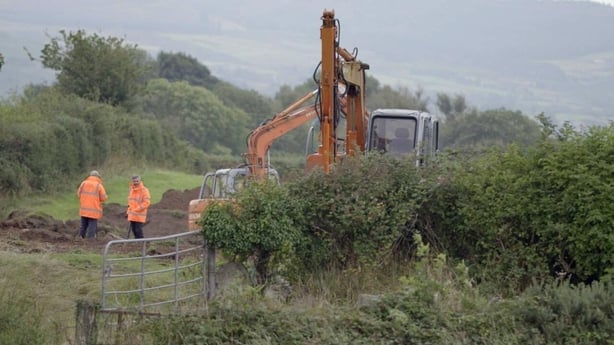
In all there were 18 so-called Disappeared, people abducted, murdered and secretly buried by republicans during the Troubles.
Read more:
Search in Co Louth for British soldier killed by IRA
Prime Time Rewind: What happened to Robert Nairac?
British intelligence officer Captain Robert Nairac was taken away and shot by the IRA after being confronted outside a pub near the village of Drumintee, in south Armagh in May 1977.
The 29-year-old soldier was working undercover and had gone into the pub that night in an attempt to gather intelligence.
Jon Hill is the lead investigator for the Independent Commission for the Location of Victims’ Remains (ICLVR).
He has been with the organisation since 2006 and has overseen the recovery of eight of the bodies. A further six had been found before his time.
He’s hopeful the latest dig, which began this week at Faughart, Co Louth for the remains of undercover soldier Robert Nairac, will be successful.
But his optimism is tempered by experience.
"We’ve been at searches where there’s been far more positive information - even an X marks the spot - which haven’t been successful and we’ve been at least specific sites where we have been successful.
"It is just a very difficult task that we’re undertaking."
The decision to initiate this dig goes back months and was based on different factors, many of them scientific.
Mapping, geophysical surveys, aerial photography are all used to piece together a plan.
But underpinning it all is information - someone has to tell them where to dig.
The commission’s work is based on confidentiality. It’s cagey about where its tip-offs come from.
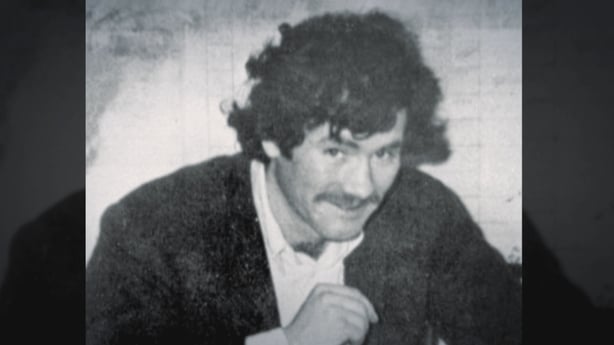
But on the day the Nairac dig got under way the BBC in Northern Ireland dropped a podcast which appeared to point to the source.
A self-confessed member of the IRA had given an interview in which he explained his rationale for trying to help find Robert Nairac’s body.
The former republican had been shot by soldiers during an attack on a south Armagh security base in the seventies.
An army medic had patched him up as he lay bleeding.
That experience had prompted him to help in the hunt for Robert Nairac who’d been beaten and shot in the head.
The former IRA man had no personal involvement in the abduction and murder, but he knew people and he talked to them.
Slowly, he said, he’d narrowed down the area where he believed the body was buried and passed it to the commission.
Jon Hill may have been aware of the podcast by the time he faced the media at a hotel near Faughart on Monday.
He was at pains to point out that if journalists asked him for specifics of where the information had come from, he would not answer those questions.
But he said the commission had "credible information" to supplement existing intelligence which had persuaded it that it was time to dig.
What we did learn, was where the information had not come from - via official contact with the IRA.
"Ordinarily and in almost every other case we’ve had engagement, liaison with the republican movement, former PIRA people who have supported, throughout, the process to recover the Disappeared," Jon Hill told the news conference.
"Unfortunately they haven’t been able to in relation to Robert Nairac. There are a number of reasons why that might be, not least because some of the significant people who might have been involved, may be dead and dead long before the commission came into being.
"It may equally be that some people don’t want to talk about it for various reasons. It may be that people’s memories are faded and their recollection of what happened isn’t what one might like it to be. But they’re the facts."
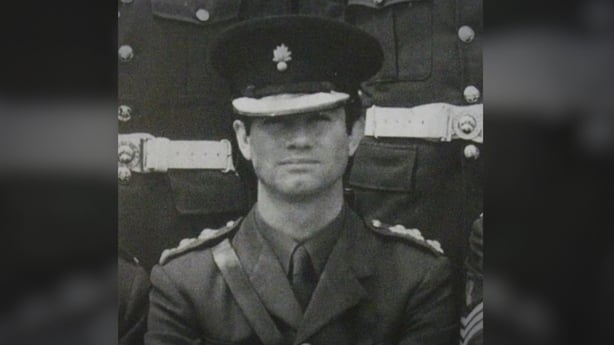
Among the "various reasons" alluded to is the notoriety that has built up around Captain Robert Nairac since his disappearance.
As an army intelligence officer working in the border area, he’s been linked to loyalist paramilitaries.
Involvement in a series of murders has been laid at his door.
The ICLVR has tried to dispel those stories, using Robert Nairac’s service records to show he wasn’t on the island when many of them took place.
But the suspicion lingers and may explain the reticence to provide information.
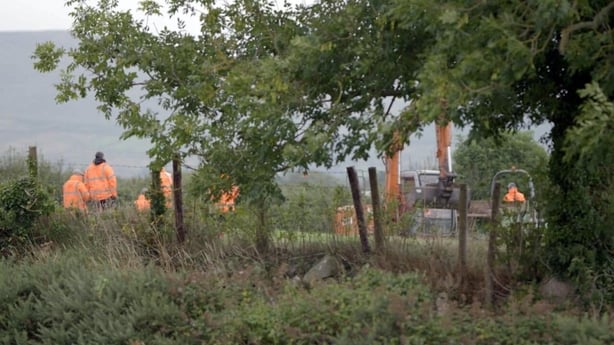
In a break from tradition, journalists are not being allowed to observe the excavation for Robert Nairac.
The commission says the landowner and the tenant farmer don’t want the attendant publicity.
One TV camera was allowed on site on Monday and footage was supplied to broadcasters for their reports.
A current affairs team working on a documentary had been given limited access and passed on their pictures.
The site is small. It’s on farmland close to the Hill of Faughart. It consists of a handful of areas of interest.
They’ll have been mapped out in 20m squares before the excavation will have got under way.
Together they amount to less than one acre.
The ground is stable and dry and hasn’t changed much over the years.
Contrast that with the 26 acres of shifting bog at Bragan in Co Monaghan that has been searched unsuccessfully for another of the Disappeared, Columba McVeigh, and you start to see the basis of Jon Hill’s optimism.
He faces an additional complication though - the history of the Hill of Faughart.
It was the scene of a 14th century battle and has been a significant archaeological site for centuries.
The potential for finding important items or human remains that are not those of Robert Nairac is a consideration.
Such remains were found when the M1 motorway was built through the area.
The National Monuments Service is helping with that.
The Hill of Faughart is part of a prominent drumlin ridge with commanding views north and south of the border.
Through the centuries it was an important defensive position, close to the Gap of the North, one of the few accessible routes into Ulster.
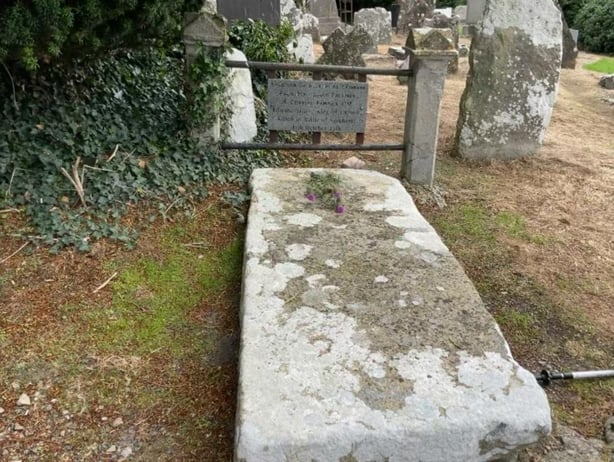
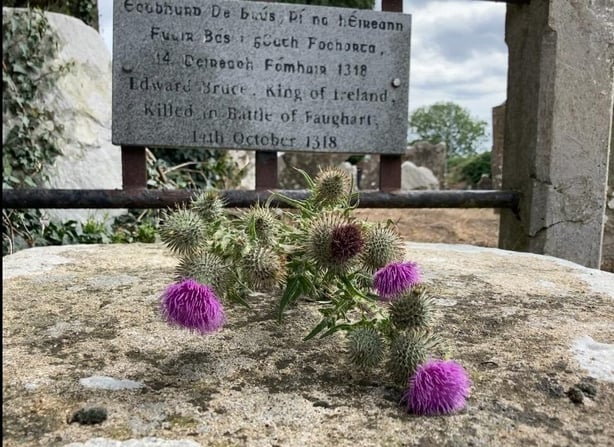
In 1315, Edward Bruce, a brother of Robert the Scottish King, led an army to Ireland to help confront the English.
In 1318, at the Battle of Faughart, he was vanquished and killed, ending his claim to the High Kingship of Ireland.
Both Edward Bruce and Robert Nairac were victims of the Anglo-Irish conflict.
Edward the Bruce is said to be buried in Faughart Old Graveyard and has a grave there.
What Robert Nairac’s family are hoping for is some certainty around his final resting place too.
* As well as Robert Nairac there are three other outstanding members of the Disappeared.
Joseph Lynskey - missing since 1972
Seamus Maguire - missing since 1973/4
Columba McVeigh - missing since 1975






